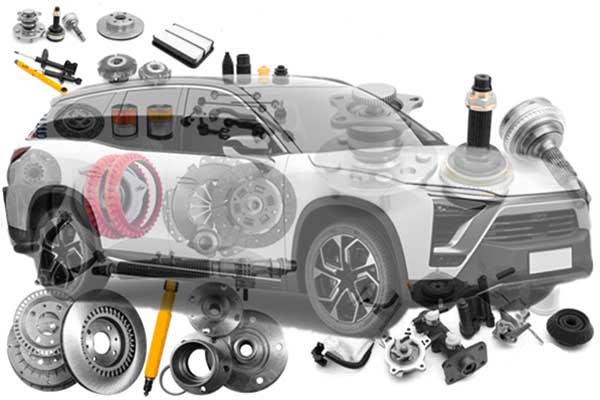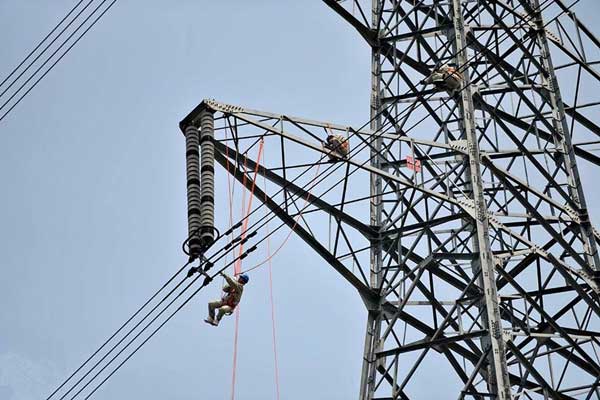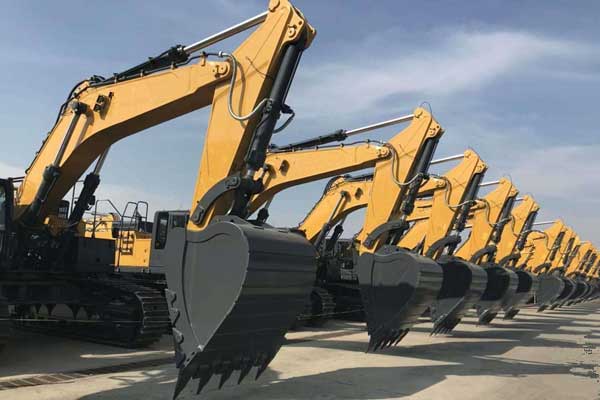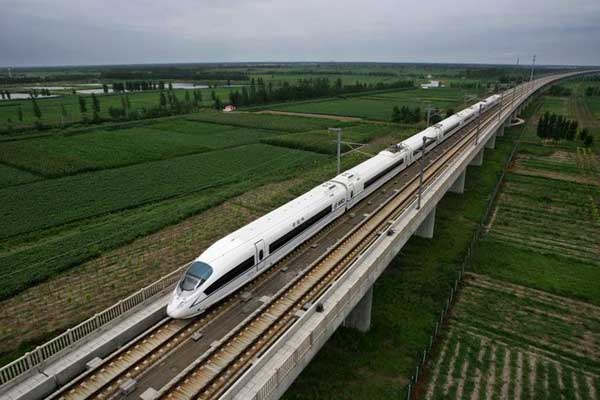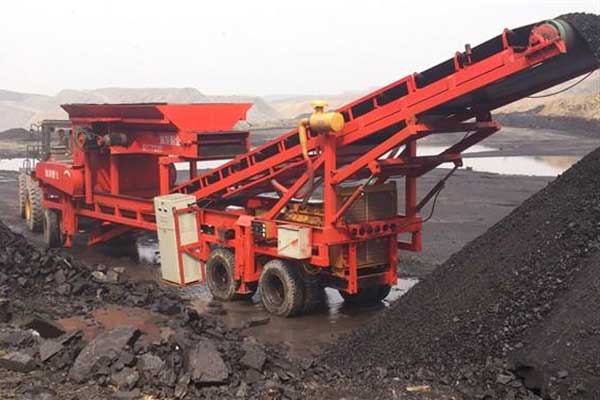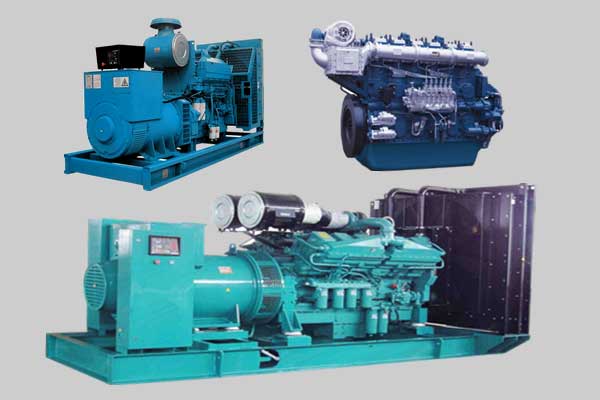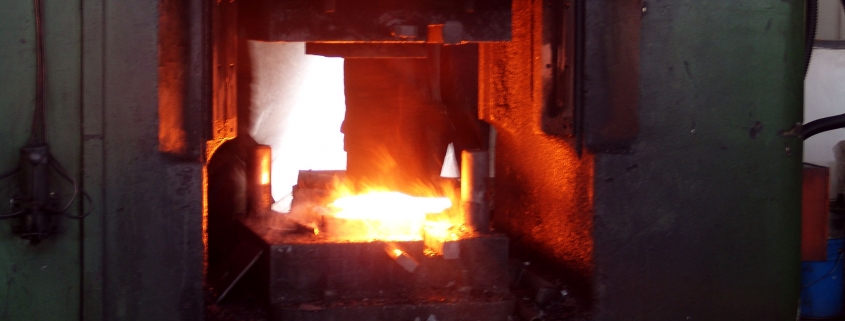Forged Auto parts
Forgings are used in the automotive industry. 60% of the parts of a car body are made by forging process.
The power industry, especially the high-voltage line products, has high requirements on product quality.
Construction machinery parts
Our engineering machinery forged parts are used by Swedish construction machinery manufacturers.
Railway parts
Contact metal parts in the railway industry, high-strength fixing bolts for railroad tracks, and 50% of the components in the locomotive body and the car are manufactured by forging.
Petrochemical parts
For valves and fittings, the mechanical properties of forgings and their freedom from porosity are especially suited to high-pressure applications.
Mining equipment parts
Mine machinery machinery products must require ultra-high impact and tensile strength to ensure the safety of the operation process.
Mechanical and electrical parts
The application of forgings in the electromechanical industry can increase the service life and working strength of the compressor.
Agricultural machinery parts
Strength, toughness, machinability, and economy account for the use of ferrous forgings in off-highway and heavy construction equipment.


